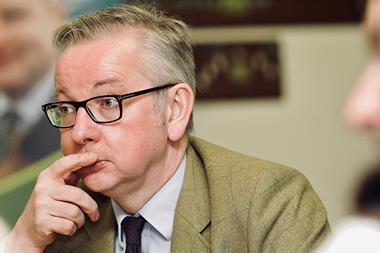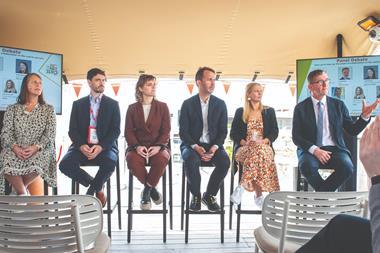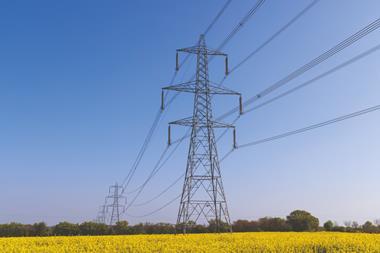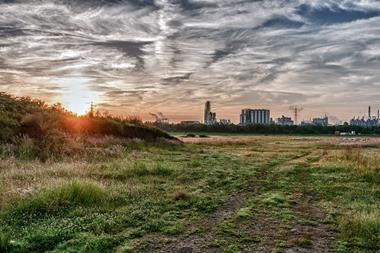In 2020, Barclays announced our ambition to become a net zero bank by 2050. We are also committed to aligning all our financing to the goals and timelines of the Paris Agreement.


To accelerate the transition to a low-carbon economy, Barclays is providing the green and sustainable finance required to transform the economies we serve.
We believe that the transition to a low-carbon economy is today’s defining opportunity for innovation and growth and the financial sector has a critical role to play in supporting the economy to reach this goal.
Barclays supports the renewable energy and clean technology sector, offering strategic advice and facilitating access to finance for renewables, including wind and solar energy storage solutions and other innovations that will support the transition towards a low-carbon economy.
Elsewhere, Barclays’ Sustainable Impact Capital Programme has a mandate to invest equity capital in sustainability-focused start-ups, helping to accelerate our clients’ transition to a low-carbon economy. The programme aims to fill growth-stage funding gaps to help accelerate and scale catalytic and strategic solutions to environmental challenges.
Clearly, climate change is an urgent and complex challenge and the real estate industry has a key role in the transition. After all, the wider built environment industry is responsible for around 40% of global carbon emissions, according to the World Green Building Council. If we are to have any chance of reaching net zero by 2050, and limit global warming to 1.5C, then we need to collectively take steps to support the transition.
Barclays was one of the first major UK lenders to launch a green home mortgage product, in 2018, and we have completed over £1bn in green home mortgages. The Barclays green home mortgage offers homebuyers lower interest rates for new-build properties with an A or B energy performance certificate – the most efficient grades – compared to our standard products. We also recently launched a green home reward scheme to support eligible home improvements, to enable homeowners with a Barclays residential mortgage to make energy efficiency savings in their homes.
The transition to a low-carbon economy is today’s defining opportunity for innovation and growth and the financial sector has a critical role to play in supporting the economy to reach this goal
Barclays Corporate Banking UK’s real estate team launched its Sustainable Residential Development Framework (SRDF) this year to help support the classification and tracking of green and sustainability-linked residential development loans’ performance. The aim of the SRDF is to ensure that Barclays’ corporate banking clients are well equipped for the changing regulatory landscape and able to keep up with consumer demand that is increasingly focused on energy performance and efficiency of homes.
While corporates are increasingly making net zero commitments and reporting on progress against targets, the quality of these commitments varies. Some remain ambiguous or opaque in their scale and ambition. We expect companies and investors to face more scrutiny over net zero commitments.
The key attributes for a credible net zero target are alignment, accountability and transparency. These factors give the ability to monitor progress or lack thereof, better understand how net zero targets will be met and what mechanisms are in place to measure progress. A well implemented net zero target can have a multiplier effect by encouraging emissions reductions by customers, suppliers and others.
How does the SRDF work?
The structure and performance criteria for the SRDF has been developed with reference to current and emerging sustainable finance disclosures, regulations, policies and practices. The SRDF will be reviewed and, where required, modified from time to time, given the continuing innovation in sustainable finance; developing sustainable finance disclosure regulation and policy, including the CBI, EU Taxonomy and emerging UK Green Taxonomy; and market and technological advances in sustainable residential development and retrofitting.
Barclays developed the SRDF in collaboration with CBRE Environmental Consulting Group. While we have our own in-house expertise on sustainability, we felt it was important to have an external partner so we could benefit from a broad range of expertise and industry insights. We chose a partner that has a well-deserved reputation for applying its ESG expertise and understanding of industry best practice and future trends to the establishment of ESG corporate strategies and responsible property investment.

The performance criteria outlined in the SRDF is intended to be flexible and applicable to a broad range of residential lending, including new construction and large-scale portfolio retrofitting. It is also suitable for single-family housing or medium-to-large-scale multi-family accommodation and applicable to a wide range of residential asset classes, including build to rent and student accommodation.
But while intended to be flexible, the SRDF also has minimum gateway criteria. For new build schemes, for instance, the proposed development must be at least 20% better than Part L1A of the UK Building Regulations – which covers the energy used for essentials of living in the building, such as temperature control, water heating and lighting – in force at the time of the loan application. The new homes must also measure and report their primary energy demand (PED).
Homes must also have at least an EPC A or B rating and comply with the threshold set by the Climate Bond Initiative, or otherwise have evidence that they are performing in the top 15% of buildings in the relevant market. For Barclays, this threshold is an average weighted emission intensity from regulated energy use at or below 20.76 KgCO2/m2 (by reference to the ‘CO2 emissions per m²’ from the SAP calculations).
Sustainable timber complying with UK government’s definition of ‘legally harvested and traded timber’ must also be used. In addition, at least 80% of all timber products must have either been recycled or reused, or sourced from sustainably managed forests.
Developers also need to conduct a robust flood risk assessment in accordance with current best practice national planning guidance. Thermal comfort and overheating appraisals, meanwhile, need to be undertaken by a qualified specialist, while water efficient new appliances should be specified. Construction waste should be minimised, as should on-site carbon emissions, and building components must not contain asbestos nor substances of very high concern.
Of course, new homes must not be built on protected natural areas, while projects must comply with the government’s recently enacted biodiversity net gain policy to ensure that the natural environment is in a measurably better state than it was beforehand. A landscape design and ecology report or similar should be produced by a suitably qualified ecologist or landscape architect that demonstrates a net gain in biodiversity of at least 10%. A coherent plan must also be in place to protect that net gain for 30 years.
Similar criteria apply to the SRDF when it comes to funding redevelopment projects.
All of this may sound testing, but the intention is to provide sufficient stretch when designing and constructing new builds, as well as retrofit projects. We want the SRDF to be available to a broad range of developers of as many different types of residential properties as possible. For this reason, the SRDF also signposts varying levels of ‘deeper’ green criteria for schemes that go beyond the minimum gateway criteria. These schemes can be classified as ‘good, innovative or emerald’ at practical completion. We are also pleased that the SRDF recognises the positive impact developers can have in the communities in which they operate through social impact criteria.
Barclays is committed to supporting sustainable development, whether that means sustainable infrastructure, green start-ups, commercial property or residential development. We stand ready to play our part, but the real estate industry must do its bit too.y

About Barclays Corporate Banking Group
Barclays is a British universal bank. We are diversified by business, by different types of customer and client, and geography. Our businesses include consumer banking and payments operations around the world, as well as a top-tier, full service, global corporate and investment bank, all of which are supported by our service company, which provides technology, operations and functional services across the group.






























No comments yet